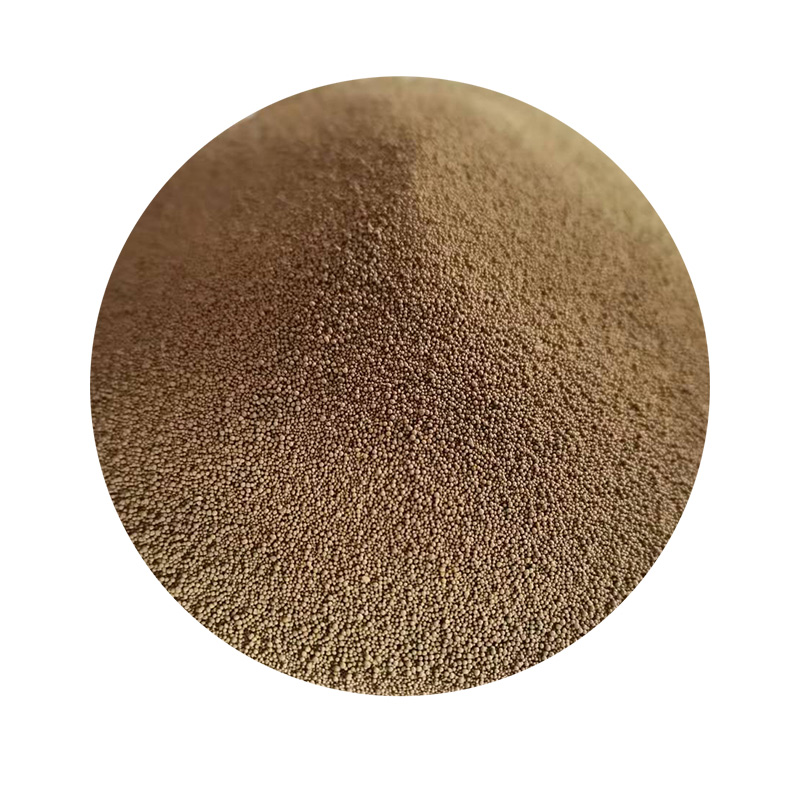3D Sand Printing Casting Revolutionizing Foundry Processes
The advent of 3D printing technology has ushered in a new era of manufacturing and production processes across various industries. One of the most promising applications of this technology is in the realm of sand casting, known as 3D sand printing casting. This innovative approach is transforming the traditional foundry industry, providing unparalleled advantages in efficiency, accuracy, and sustainability.
Understanding 3D Sand Printing Casting
3D sand printing casting involves the use of specialized 3D printing technology to create sand molds directly from digital files. Unlike traditional methods that require pattern-making and mold assembly, this process enables rapid and precise molding, significantly reducing production times. The technology utilizes a binder jetting process, where a mixture of sand and a binding agent is layered and printed into a mold. The finished mold can then be used for casting metals, resulting in complex shapes that were previously difficult, if not impossible, to achieve.
Advantages of 3D Sand Printing Casting
1. Efficiency Traditional sand casting methods can be time-consuming, often requiring several weeks to produce molds. In contrast, 3D sand printing significantly reduces this time frame to just a few days, or even hours. This rapid production allows manufacturers to respond more quickly to market demands and reduce lead times for their products.
2. Design Flexibility 3D sand printing allows for an unprecedented level of design complexity. Manufacturers can create intricate geometries and internal structures that would be difficult to achieve with conventional casting methods. This flexibility not only opens new avenues for design innovation but also enhances the functionality of the final product.
3. Cost-Effectiveness While the initial investment in 3D printing technology may be substantial, the long-term cost savings can be significant. By minimizing material waste and reducing the number of molds required for production, companies can achieve lower operational costs. Additionally, the ability to produce small batches economically eliminates the need for large inventories.
3d sand printing casting

4. Sustainability The foundry industry is evolving towards more sustainable practices, and 3D sand printing casting is at the forefront of this movement. The process generates less waste compared to traditional methods, and the sand used can often be recycled for multiple prints. Moreover, the reduced energy consumption associated with faster production times is an added environmental benefit.
5. Customization In today’s market, the demand for customized products is on the rise. 3D sand printing allows for on-demand production of unique or low-volume parts without the need for expensive retooling. Companies can easily adjust designs and specifications in the digital file, enabling a high degree of customization with minimal effort.
Applications Across Industries
The versatility of 3D sand printing casting has found applications across various sectors including automotive, aerospace, medical, and art. In the automotive industry, for example, manufacturers can produce lightweight components with complex designs that enhance performance. In aerospace, where weight and precision are critical, this technology allows for the production of custom parts that meet stringent regulatory standards. The medical field also benefits from customized implants and prosthetics tailored to individual patients’ needs.
Future Prospects
As the technology continues to evolve, we can expect further advancements in materials, process speeds, and integration with other manufacturing technologies. The combination of artificial intelligence and machine learning with 3D sand printing could lead to even greater efficiencies and capabilities, paving the way for smart factories of the future.
In conclusion, 3D sand printing casting represents a significant leap forward in the foundry industry. Its ability to deliver efficiency, design flexibility, cost savings, and sustainability makes it a valuable asset for manufacturers. As the demand for innovative and customized solutions increases, 3D sand printing casting is poised to play a pivotal role in shaping the future of production processes across various industries. The journey of this transformative technology has only just begun, and its impact is sure to resonate throughout the manufacturing landscape for years to come.
Post time:अक्ट . 20, 2024 06:32
Next:gold sands
